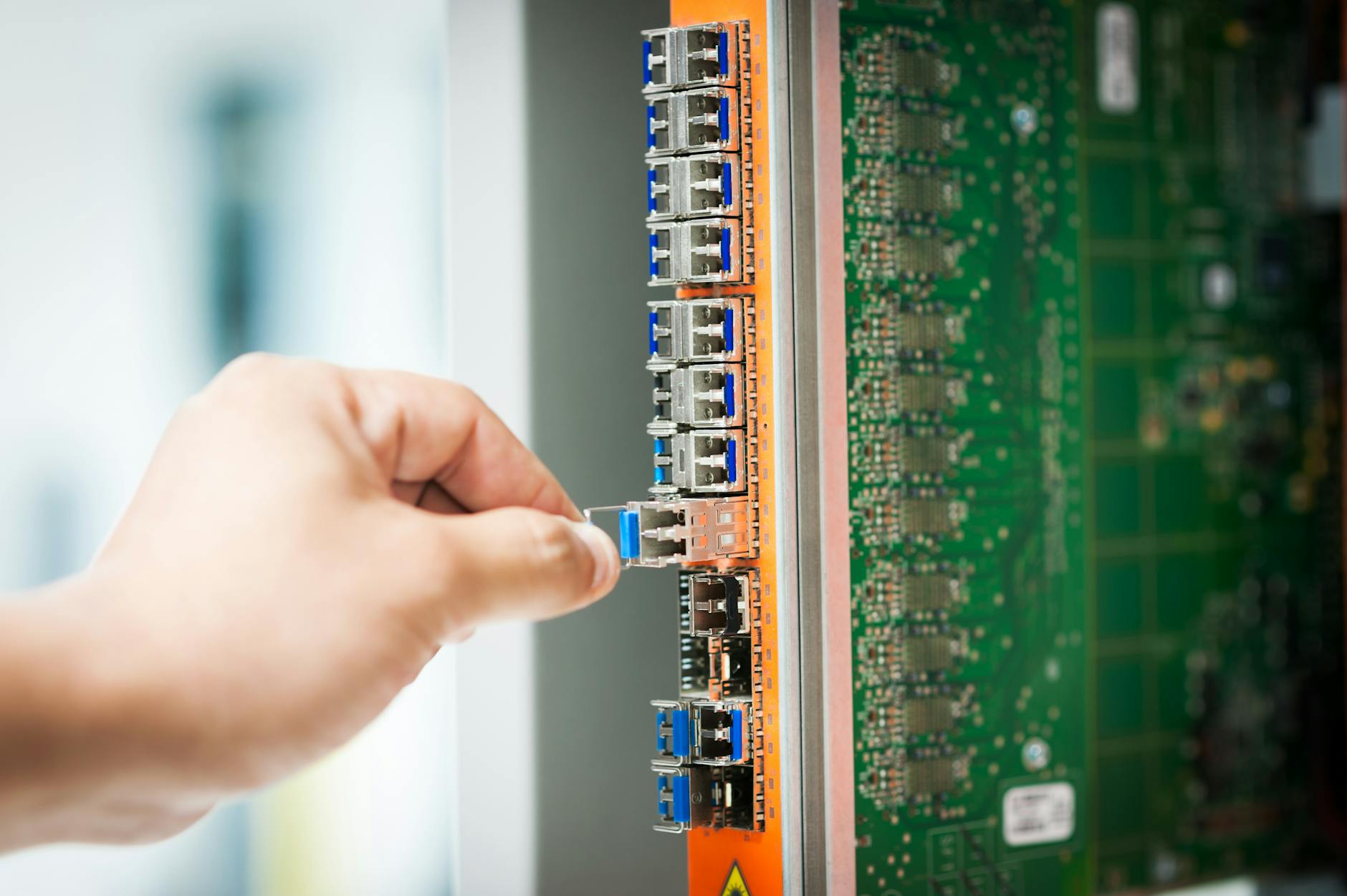Ok, I don’t often do this, but when I go out and review things and buy them, I nearly always have a quick set of thoughts afterward when I initially install the products, so going from a buying guide to a quick review to a long term review is the plan.
You will also see these show tags I’m adding stealing from the Git convention of putting a tag(module): in front of every commit. While you can do this with tags, like most things it is easier to do in the text and then use search to find things. So in no particular order, here are some quick reviews of things that I’ve ordered. I have to say doing a guide ahead of time is awesome and I’m amazed at the hit rates o of these things:
Lutron Caseta works!
Lutron Caseta. We have an old Lutron system that runs through the house and for a long time, I thought that I had to replace a central controller and it would be a big pain. Well, the good news is that Brian came by and explained that no, the system was set up in a smart way, each wall switch just has wireless communications with a set of controllers (which explains why there are so many little things with antennas throughout the house!). So I went off and got a test Lutron Caseta starter kit that comes with a Lutron hub (really another Z-wave hub to add to my collection with Philips Hue also having a hub, but that is another story that has to do with Matter and Thread coming soon).
Well, it was kind of a bit of a trick to figure out how to use it. But given that we had existing switch covers, what to do with something that has a cover too? It turns out there are two tricks, the first is that the switch covers for Lutron are snap fit, so you have to carefully pry on the left and right side and they will deform and come off. It takes quite a bit of pressure and I’m sure that I will break them eventually. Basically, we have side-mounted tabs and you pry one side up and then you put a tool to hold it and then work on the lower part. Then repeat on the other side. I’m sure I will break one eventually, but it is nice and neat and it shouldn’t need to be done too much.
Then for the switch itself, it too has a plate, so remove that as well, then the two small screws will get the mounting backplate off and you have a switch you can pop in, and then there are two Philips head screws for the box itself. It does take some care to center the switch properly
Oh, I forgot, you also need to flip the circuit breaker before all this, then for me at least there are three wires, the ground which is green, and then two black wires which are what the switch connects. I reused the wire nuts I found in the wall, but it turns out Lutron supplies them. When you put it all back, the switch should just function and dim, etc.
The software itself is also just an application and confusingly the instruction says to download the Caseta application, but that has been renamed the Lutron application. Then plug the hub into an Ethernet port and power it up. Stand near the hub and run the application and it will find the hub. Then it is all magically connected together.
Then go to the application and in Settings > Integration > Homekit, you will need the eight-digit Homekit number. You can use the camera to do OCR to find the number. This is a good thing because, in the data entry mode, you can’t switch out to find the number that you wrote down in say the Notes application. A weird modality thing.
The second strange thing is that there are Lutron-specific programs you can run and also Apple Homekit ones. So you want to disable the Lutron ones and run the whole thing from Homekit.
Also, they have this thing called a Pico remote. It’s confusing, but basically, you also pair this as a Lutron device and while you can pair it with an individual switch (so no Lutron Hub required), you can also pair it with the Lutron Hub and from there, you can connect it into the Apple Home and just use it like a general switch. The same by the way is true of the Philips dimmer switch, it is also battery powered and when paired with Apple Home can just be a general switch. Now,s these things are battery-powered, but it says the Pico can last up to 10 years without changing the CR2032 battery. Personally, I can’t imagine in 2032 trying to debug why my switches stopped working. Note that you can even mount it into a wall switch box which is nice and it looks like a multifunction controller.
Net, net pretty painless, but we will see how reliable it all is over the next month. If it works, then there’s a path to gradually replace the system as time goes on rather than having to do a wholesale switch which is great!
Moving to a Home Lighting System with Lutron and Apple Home
So what is next for Homekit (now called Apple Home btw), well it turns out that while Lutron would rather have you buy a more expensive system, just the base Caseta plus Apple Home is pretty powerful. For example, you can just get a mount for an iPad and if you can get power to it with POE in the back or if it is behind a panel
F77 Keyboard
Well, this is a real nerd-pack thing, but you can get from a very amazing guy an actual replica of the original IBM Model F keyboard. I had originally gotten the Model M replica and I have to say this one is way better and closer to the way I remember the original IBM PC typing experience. And I have keyboard number 869 or so which is pretty cool.
The main issue is that this is a keyboard that is really meant for true aficionados, so the instructions are really hard to figure out. So here is a noob guide:
- The thing comes without any keys in it and it was months since I ordered and going back to the website, I had wanted to get the Mac keys and also a real set of number pad keys. The issue here is that I got the so-called Kish Saver keyboard so it is not the full 104 keys that you get where there is a QWERTY keyboard, a set of function keys, and a number pad, but the function key block and the number pad can be combined. But there are no instructions on what keys to put where, you kind of have to figure it out yourself.
- Also to configure the thing, you have to learn how to use some pretty hard pieces of software specifically there is the QMK keyboard firmware updated and the Via updater. There are no included pieces of software to do this and I appreciate it is a one-man show, but the instructions are chronological and a combination of YouTube videos and text. The recommendation is to use the Via Firmware updater but I’m really lost as to how to use it. You have to understand keyboard controllers, what model you have etc.
- Anyway back to the assembly, it would have been nice if there were some Quickstart instructions in the box, but here they are for those of us who are only used to Cherry MX keyboards. There are a bunch of springs hanging out of the keyboard. DO NOT just start slamming keys in. Instead, you have to hold the keyboard vertically so the spacebar is at the top and then slide the keys over the springs. There should be a distinctive “pong” when this works right, otherwise, you get a thud and the spring is not seated correctly. It is basically bent and up against the side of the barrel.
- The second problem is that I couldn’t figure out what the default keyboard layout is. That is how is the firmware currently programmed. You can try to use Keyboardchecker.com to figure this out and I eventually figured out that the upper left key is the ESC key and not the tilde and backquote key. That’s kind of a problem in modern programming, so it looks like learning how to program is mandatory for this for a Mac.
- The third issue is that there are some really wide keys, they are technically called 2U keys (like the backspace), but again it isn’t clear what the defaults are. At least for me, the defaults turned out to be Backspace is 2U, Caps Lock is 1.5U, ANSI Enter is 2U, left shift is 2U and right shit is 2.5U. The trick here is that there are some white barrels, you put them in with the bigger plastic parts first and then use quite a bit of pressure to put them in place. They act as guides.
- The fit by the way on these isn’t great. The backspace for me is very loose and the guides say you have to pry the prongs at the bottom very gently to get them to have friction. Man am I worried about breaking them.
- Finally, there is quite a bit about what to do with the springs when the keys don’t work. For me, it was finally figuring out that you need the function keys but I couldn’t get a bunch to work. Turns out the springs are not perfect and you are supposed to stretch them a bit. I, of course, pulled too hard and the springs come out. ARGH. The directions for getting them back onto the nub at the bottom are really hard. You have to get angled tweezers and push them on. I got one on, but the END key does not work, the spring is too stretched. I should have gotten some replacement strings.
- Also, the keyboard is very flat. I got some cork risers, but they are not nearly enough. I should have gotten the big nubs as this thing is way too low compared with the original keyboard.
Net, net, it’s a great typing experience, but you should only get it if you are a true keyboard nerd 🙂 Which it turns out I am not! Getting help isn’t easy, but it looks like Deskauthority is the place to figure this out. Or you can submit a question directly to their Q&A, but it is a nice keyboard just hard to configure.
Garmin Dashcam Mini 2
Well, the price of dashcams has fallen so much that there really isn’t an excuse not to have one. They are powered by USB and with a 256GB card, you basically have days of data. Looking at the reviews, I could see there are the expensive big ones like the Garmin W67 that will do things like lane tracking, but we really just wanted a small and unobtrusive one, so off to get the MiniDashX. It just wants everyone says, you put it behind the rearview mirror and it disappears. Then you route the USB cable (they provide a really long one), but push it underneath the liner. This gets you over the top and then down the pillar, but then you have a long run over the dash and then under the dash to the USB Plug. They nicely supply a dual USB connector. it is $120 at Amazon.
The connection is pretty simple, put a microSD card in, you want a long endurance relatively large one so that you don’t exceed the wear limit and blow the card. The Samsung Pro Endurance 256GB U1 is just about perfect for this. And it was just $30 or so at Amazon (make sure you get it from Amazon and not some sketchy). You will literally never think about it again.
Li-Ion Upgrade to CyberPower 1500 worked!
Well, sometimes all that research comes together, when I looked up how to replace the batteries in a CyberPower after a recent power failure, I ended up getting some generic Li-Ion batteries, actually LiFePo which are really cheap and can hold their charge over many cycles, but looking an RB9200 equivalent, I ended up getting a TPE LiFePO4 12V 7.2AH I took a guess and it is 5.9×2.5×3.7 inches and fit perfectly. It even had F2 connectors, so it was easy to tape the two things together to the strange plastic piece that puts them into series and then push them into the CyberPower and suddenly the thing is literally 10 pounds lighter and should last 3000 cycles!
ASUS ROG X13 Flow: Nice Ubuntu Laptop
Well, we first go the Juno Jupiter as a thin and light notebook with an nVidia card for machine learning and it actually worked pretty well, but it has a huge charger which really is inconvenient, so then we tried the ASUS ROG X13 Flow which is right now on sale for as little as $1,100 and it is nearly ideal. The screen is not that bright (compared with a MacBook Pro), but it is USB chargeable. And it is decently fast and of course, works with Ubuntu 20.04 out of the box including supporting the nVidia drivers for the card. Pretty cool.
I’d say compared with the Dell X13, it has an nVidia card and comes in a 1TB size, and will install with Windows Home and Ubuntu automatically. The quirks of the machine are that it doesn’t have the long battery life of Apple Silicon and of course relearning Ubuntu is not easy. The thing that was hardest to find was something similar to Rectangle which would let you throw windows around, but we finally found gtile which does the same thing as a gnome extension. Although Gnome extensions are pretty inconvenient, you have to install a helper application by running apt-get install gnome-shell-extensions chrome-gnome-shell and then browse to their Extension website and look for gtile. There does not seem to be a command line way to do this unfortunately







